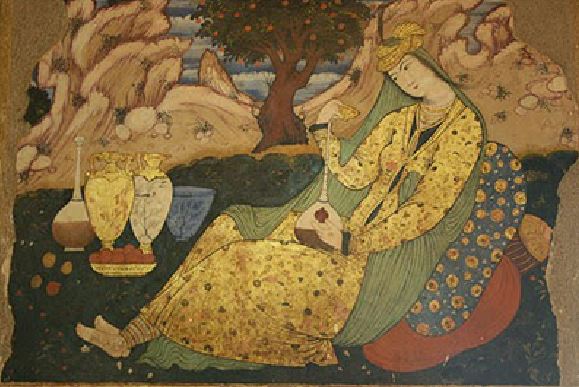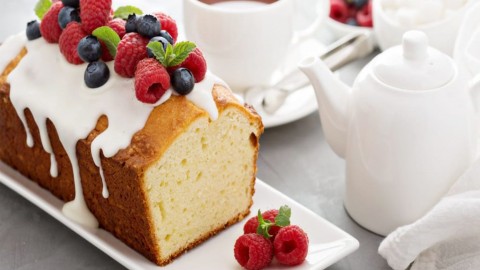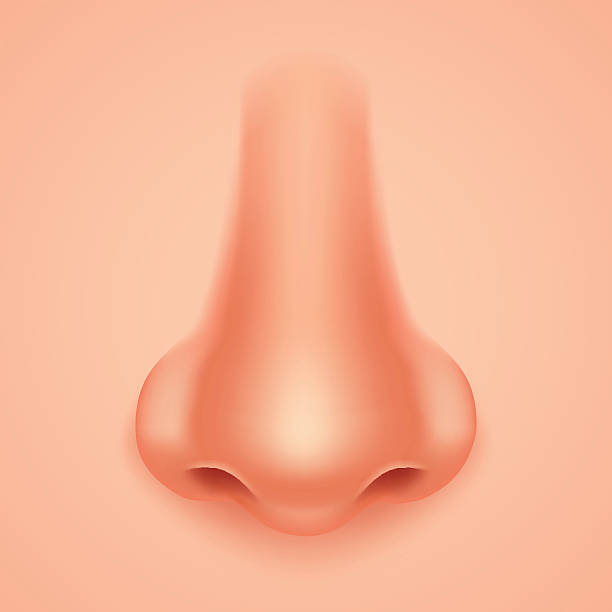Types and Usage
Chrysanthemums flowers come in yellow, white, gold, pink, orange, bronze, red, maroon, violet and purple colours.
There are 12 Different Types of Chrysanthemums:
1. Single blooms: These chrysanthemums look very much like daisies, thanks to their white petals and yellow centers. The main difference is that the centers are a little larger than they are in daisies, and their petals are spaced equally all around them.
2. Quilled blooms: Like the name suggests, these chrysanthemums have petals that are spiky and quill-like.
3. Spider blooms: These chrysanthemums have petals that are long and thin and look a lot like spider legs.
4. Anemone: These flowers have a central disk with petals surrounding themselves around that disk, with the exception that these petals are tubular in shape and create a cushioned appearance.
5. Pompons: Called Pompons – not Pompoms – these chrysanthemums’ heads are globe-shaped and have short petals that hide their disk.
6. Decorative blooms: These chrysanthemums vary in size and their petals cover their disks.
7. Reflex and Incurve blooms: The petals of these types of chrysanthemum either curve inward or outward, hence the name.
8. Reflex mums: These chrysanthemums have flat centers and overlapping petals that curve downward.
9. Unclassified: As the name suggests, these are mums that do not fit neatly in any other category.
10. Spoon mums: These are almost identical to the semi-double mums, except the petals look like spoons at the tip of the petal.
11. Cushion mums: These mums are quite bushy and grow low to the ground.
12. Miscellaneous mums: Red Bradford: Paprika red to deep burgundy.
Football mums: Found in nurseries during the Fall months.
Daisy mum: Usually multi-colored and look like daisies.
Dark Weldon: A beautiful mix of soft yellow and lilac.
Focus: Bright yellow highlighted in green in the center.
Orange Viking: A bronze-orange color.
Yellow Sizzle: Colored in yellow and dark orange.
The Many Health Benefits of Chrysanthemums: Drinking a tea made with the flowers of the chrysanthemum plant offers relief for a variety of ailments, including: Tinnitus, Colds, Sore throats, Headaches, Eyes that are inflamed, Vertigo, Skin conditions such as boils, Anxiety, Tightening of the chest, Allergies, Hypertension (high blood pressure)
How to Make the Tea
Simply place a fair amount of the flowers in a closed vessel filled with hot water and let it steep for approximately 10 minutes.
Medicinal Properties in Chrysanthemums
These include being anti-bacterial, anti-inflammatory, demulcent, febrifuge, hepatic, aromatic, refrigerant, and hypotensive.
Tags: Be Mindful










